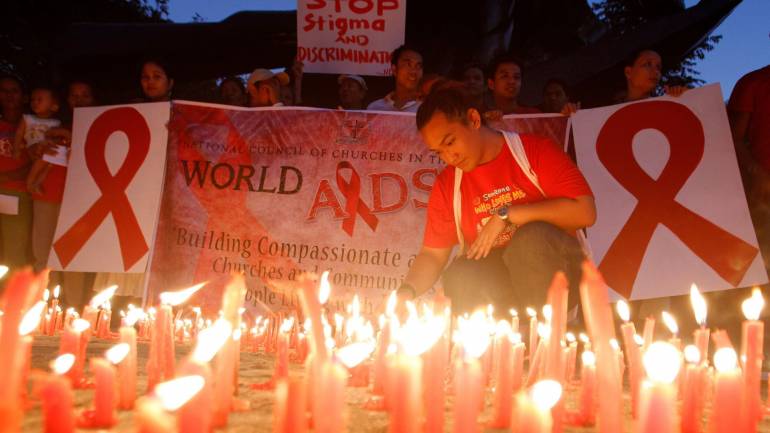The Solution to the HIV Epidemic in the Philippines is Abstinence, Not Condoms

Since 2003, Filipino leaders have sounded the alarm bells regarding the “unacceptable rise in HIV cases.” The incidence of HIV- and AIDS-related deaths in the Philippines is increasing, unlike in most parts of the world, where the incidence is decreasing. It means there is an alarming increase in the number of Filipinos infected with the human immunodeficiency virus (HIV) that causes the potentially fatal acquired immunodeficiency syndrome (AIDS).
Statistical data. According to the Joint United Nations Programme on HIV/AIDS (UNAIDS), the Philippines posted the fastest-growing HIV cases in Asia-Pacific, with a 237-percent increase in annual new HIV infections from 2010–2020. At the same time, AIDS-related deaths increased by 315 percent.
In June 2023, DOH reported that there were 466 HIV-positive youths aged 15 to 24. From this number, 437, or 94 percent, are male, while 29, or 6 percent, are female. “Four hundred sixty-three [99%] cases were infected through sexual contact; 354 males had a history of sex with another male” (HIV/AIDS and ART Registry).
Implications arising from the data. The “epicenter” of the outbreak has now shifted from female sex workers and overseas workers (OFWs) to very young males having sex with males (MSM). DOH is clear to say that MSM is the “dangerous behavior” developing among the youth.
MSM and the HIV epidemic are correlated and not coincidental, which means that the more MSM happens, the more the HIV epidemic spreads. “Anal sex was proven to be riskier than vaginal sex,” according to Dr. Rontgene Solante, past president of the Philippine Society for Microbiology and Infectious Diseases, speaking at the HIV Summit on January 28, 2018.
Ongoing government solutions. Health Secretary Teodoro Herbosa said last week that, from January 1984 to June 2023, there were 34,415 reported cases of HIV in the 15- to 24-year-old bracket. The number of daily cases almost doubled between 2021 and 2022, from 22 to 50. The epidemic has entered a terrifying situation in spite of the government solutions that consist of the full implementation of the RH Law, the allotment of a bigger budget for the distribution of condoms, an all-out awareness campaign on safe sex through interagency collaboration, and HIV testing.
If MSM is de facto the cause of the spread of HIV among our teenagers and young men, then promoting the use of condoms (something external to human nature) does not solve the problem. If HIV is a terrifying ailment of nature, only something internal to human nature can solve the problem.
Abstinence and personal discipline. Only abstinence and discipline (both of which are internal to the human spirit) can address the root of the problem. If smoking can cause cancer, you tell smokers to quit and quit ASAP, and you require discipline from within. In the same manner, if too much drinking of alcohol and taking drugs are addictive and damaging to one’s health, you tell them to stop.
If MSM (99 percent) is causing the HIV epidemic, the only way to combat it is to tell our boys and teenagers not to engage in the forbidden desires of the flesh (anal sex or MSM), branded by DOH as “dangerous behaviour.” We tell them to resolve and resolve firmly.
Various international peer-reviewed and research-based studies say that sexual abstinence is the only 100 percent effective method to prevent HIV, teenage pregnancy, and sexually transmitted diseases (STDs). The Office of Epidemiology and Prevention Services, or its equivalent in many nations, recommends the same.
Only abstinence is known to be the only fail-safe, reliable, foolproof, and guaranteed method! And not condoms!
*Jose Mario Bautista Maximiano is the Lead Convenor of the Love Our Pope Movement (LOPM)
Radio Veritas Asia (RVA), a media platform of the Catholic Church, aims to share Christ. RVA started in 1969 as a continental Catholic radio station to serve Asian countries in their respective local language, thus earning the tag “the Voice of Asian Christianity.” Responding to the emerging context, RVA embraced media platforms to connect with the global Asian audience via its 21 language websites and various social media platforms.














